THE FUTURE OF OUR ECONOMY, OUR SOCIETY, OUR EXISTENCE IN SPACE, IS IN SPACE MANUFACTURING.
Humanity has looked to the stars for millennia, and just now truly known them. Space is a natural, and plentiful, resource. There is an economy to be made there. One of these, is On-Orbit Manufacturing. Orion Technologies proudly presents its first ever orbital factory: StarForge Mk1.
DESIGN OVERVIEW
StarForge Mk1 is a state-of-the-art orbital factory designed to open up the space manufacturing market. As stated in its name, StarForge Mk1 is the first generation vehicle. The goal of StarForge: make a high-end fiber optic in space, one that cannot be created in the presence of gravity. The spacecraft is completely manufactured and tested in-house, and is centered around an irregular octagonal bus. The satellite measures 5ft tall and 5ft wide. Two identical solar array wings each with two panels generate over 2.2kW of electrical energy for StarForge. The vehicle has an extendable draw tower for ZBLAN manufacturing, the fiber optics it makes. This draw tower holds the cartridge(a chunk of un-refined ZBLAN), the induction heaters, draw motors, cooling systems, and leads the finished product into the return capsule. Topping StarForge is the re-entry capsule, a separating spacecraft designed to bring back the manufactured ZBLAN fiber. This capsule can return up to 500kg of material back to Earth, and has a heatshield made of next-generation C-PICA material. The StarForge satellite also has an advanced propulsion and attitude control system. StarForge uses 24 25N hydrazine-fueled thrusters. Additionally, it has 4 HR-98 hydrazine thrusters, each with 630N of thrust. These larger engines are used for the de-orbit burn at the end of the mission, both allowing the re-entry capsule to return, but also destroying the satellite, keeping space junk down. The satellite has two communication systems, a primary direct-to-ground K-band antenna, and a secondary pair of antennas that communication to our Neuron Internet Constellation.
MISSION PROFILE
StarForge will spend 1.5-2 months on orbit making roughly 50kgs of ZBLAN fiber optics. This amount of high-grade ZBLAN is valued at around $120 million, and can be used in supercomputers and military-grade communication equipment. Making ZBLAN on Earth is possible, though results in crystallization during cooling, this reducing its conductive ability. However, creating ZBLAN in space, in the absence of gravity, removes this manufacturing defect: no crystallization occurs, and the fiber optics can be 100 to 1000 times as efficient. Thus, ZBLAN is valued more when made in space than when made on Earth. StarForge is intended to be a first-of-its-kind orbital factory for ZBLAN, potentially bringing in upwards of $200 million for the company. After a launch into a 400km x 400km polar orbit, StarForge will spend a week in its commissioning period. After this, it will spend 4-6 weeks manufacturing the 50kg of ZBLAN. Following the manufacturing period, the spacecraft will close off its return capsule, and prepare for the de-orbit process. The de-orbit process involves 3 burns, the first of which lowers the satellite’s perigee to 200km. The next burn lowers the apogee to 200km. Finally, the 3rd and final burn drops the perigee to the ground. After this burn, the capsule is separated from the satellite, and is oriented for re-entry. The capsule will then brave the heat of re-entry, and land in the Utah desert, in the Air Force Test and Training Range. The satellite bus is destroyed during re-entry, and poses no threat to the general public. Overall, StarForge is the first step for Orion Technologies into a new era of industry in space, one that will bring wealth(and funding) to the company.
LAUNCH
The first of 5 contracted StarForge Mk1 satellites launched on August 10, 3:25 AM UTC from the Orion-Texas Spaceport onboard Orion Technologies’ Eagle 1 V2. The spacecraft has successfully made it into the specified 400km x 400km polar orbit, deployed, and has began its commissioning period. The satellite is projected to de-orbit and return to Earth between September 24 and September 28. Updates will follow, and the second vehicle is intended to launch sometime before the end of the year.
INSTRUCTIONS FOR USE
AG1: Main Engines
AG2: Solar Arrays
AG3: Draw Tower Deploy
AG4: Satellite RCS
AG6: Capsule RCS
AG7: JETTISON CAPSULE
Slider 1: Solar Array Rotate
Place satellite into desired orbit, recommended 400km x 400km polar in RSS. Activate AG2, AG3, and AG4. Rotate solar arrays as needed. After mission length, activate AG1, and follow de-orbit process. Separate capsule using AG7 after 3rd burn, and keep in a prograde trajectory by activating AG6. Jettison Docking Port and de-activate AG6 at roughly 20,000m, and deploy parachutes at 12,000m. Try not to land in water:)
ENJOY!
3 Comments
- Log in to leave a comment
-
3,706 OrionTechnologies3 months ago
@Sansu, not at all! Why though? We were actually recently looking into the use of a privately developed reusable spaceplane similar to the X-37.
-
1,701 Sansu3 months ago
I know I’m going to look like a idiot for saying this but,can you make a space shuttle

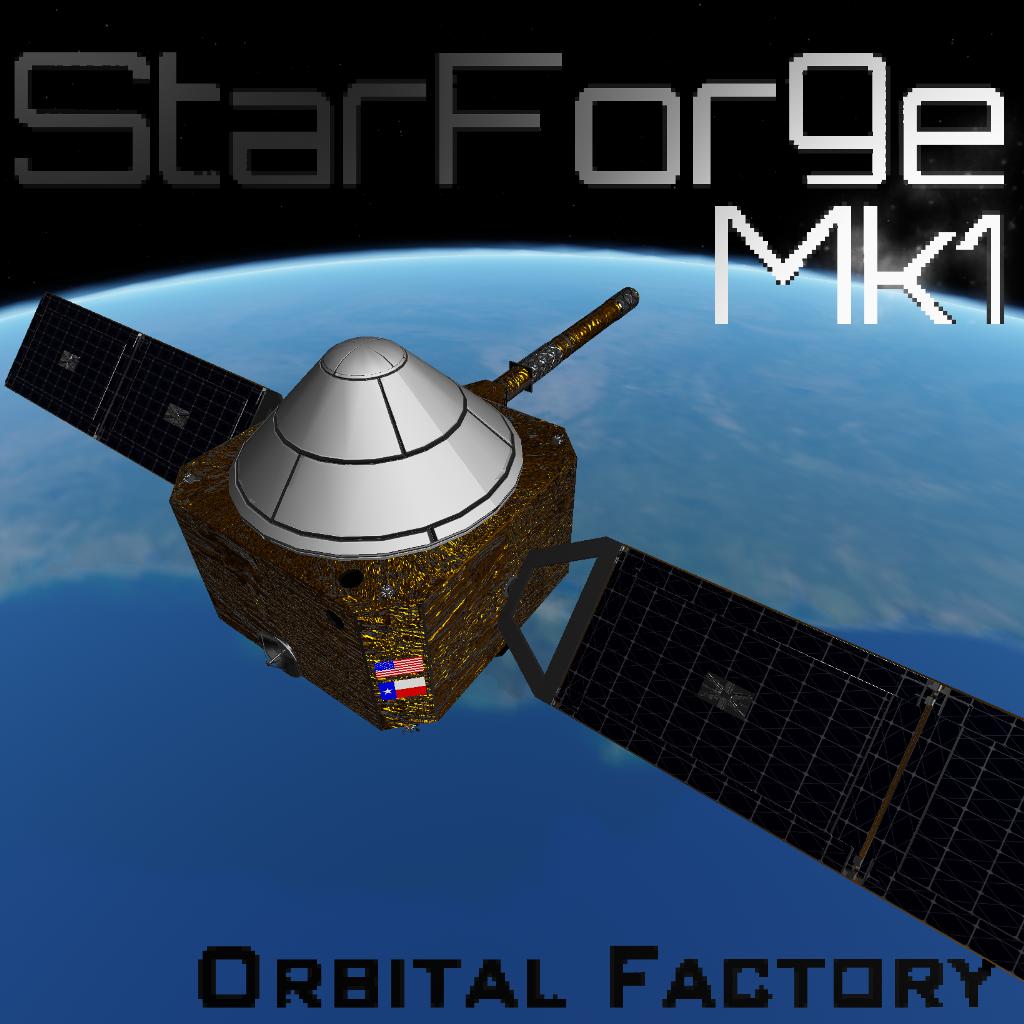
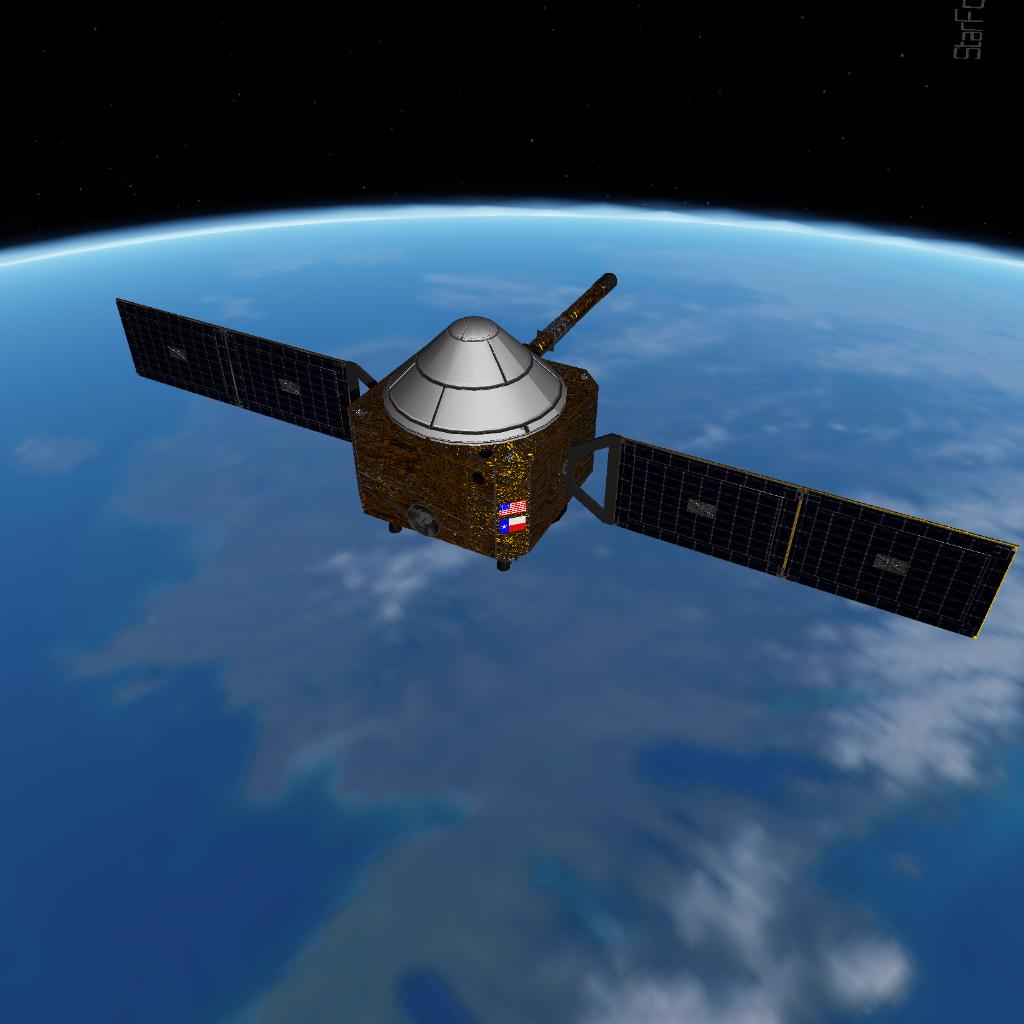
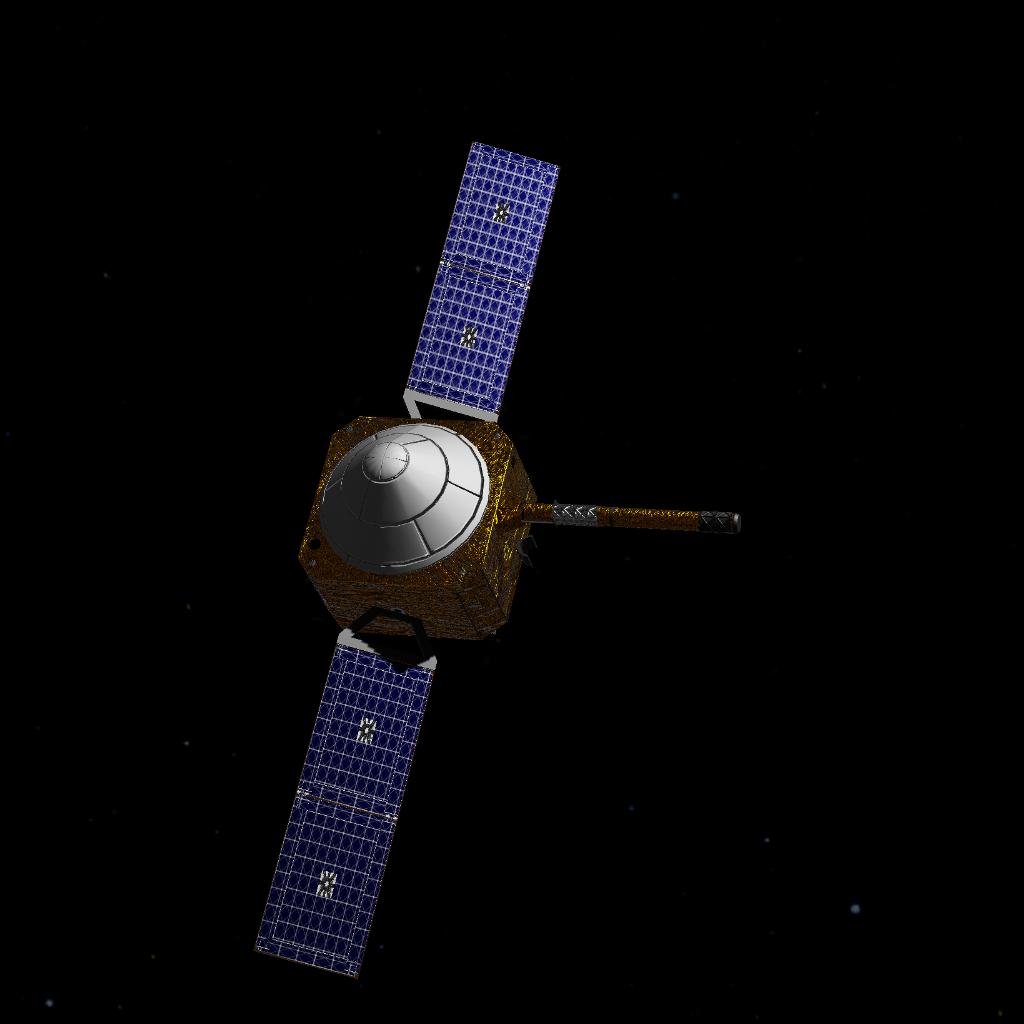
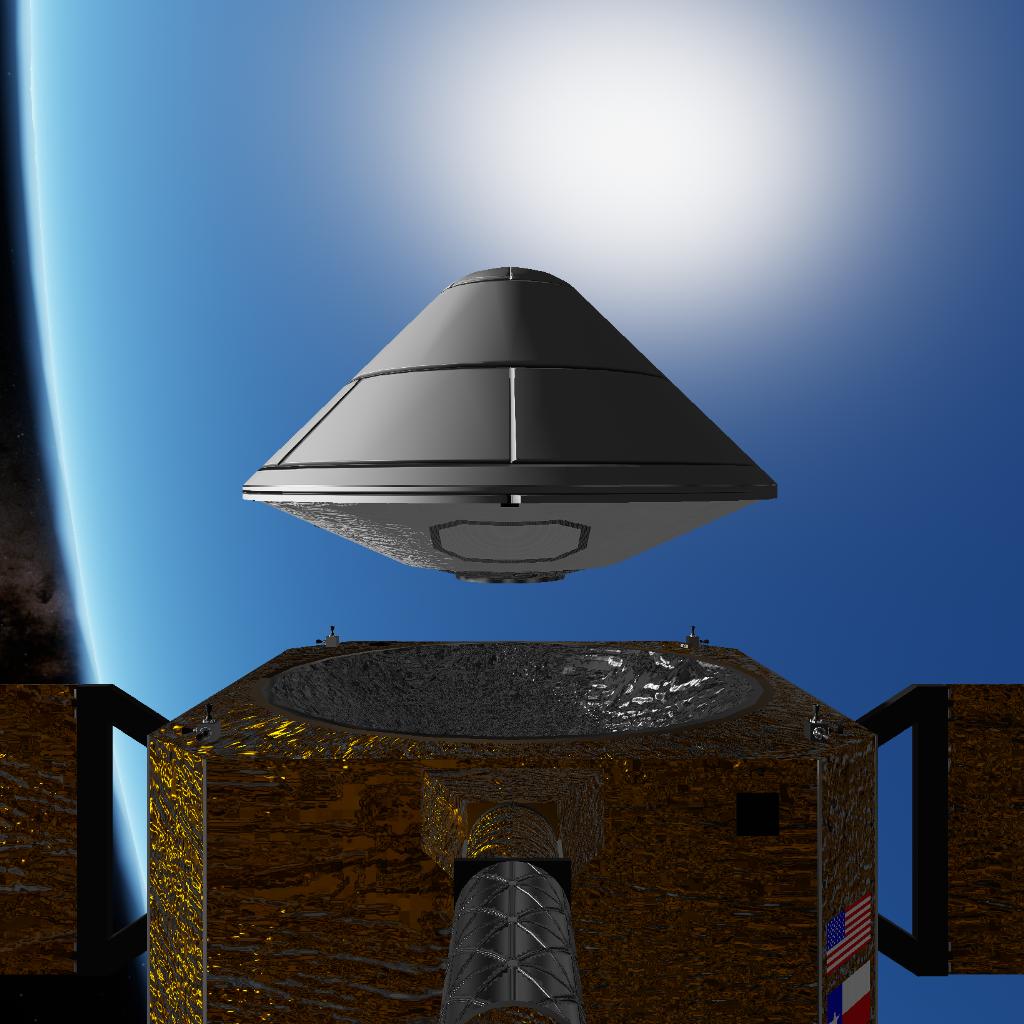
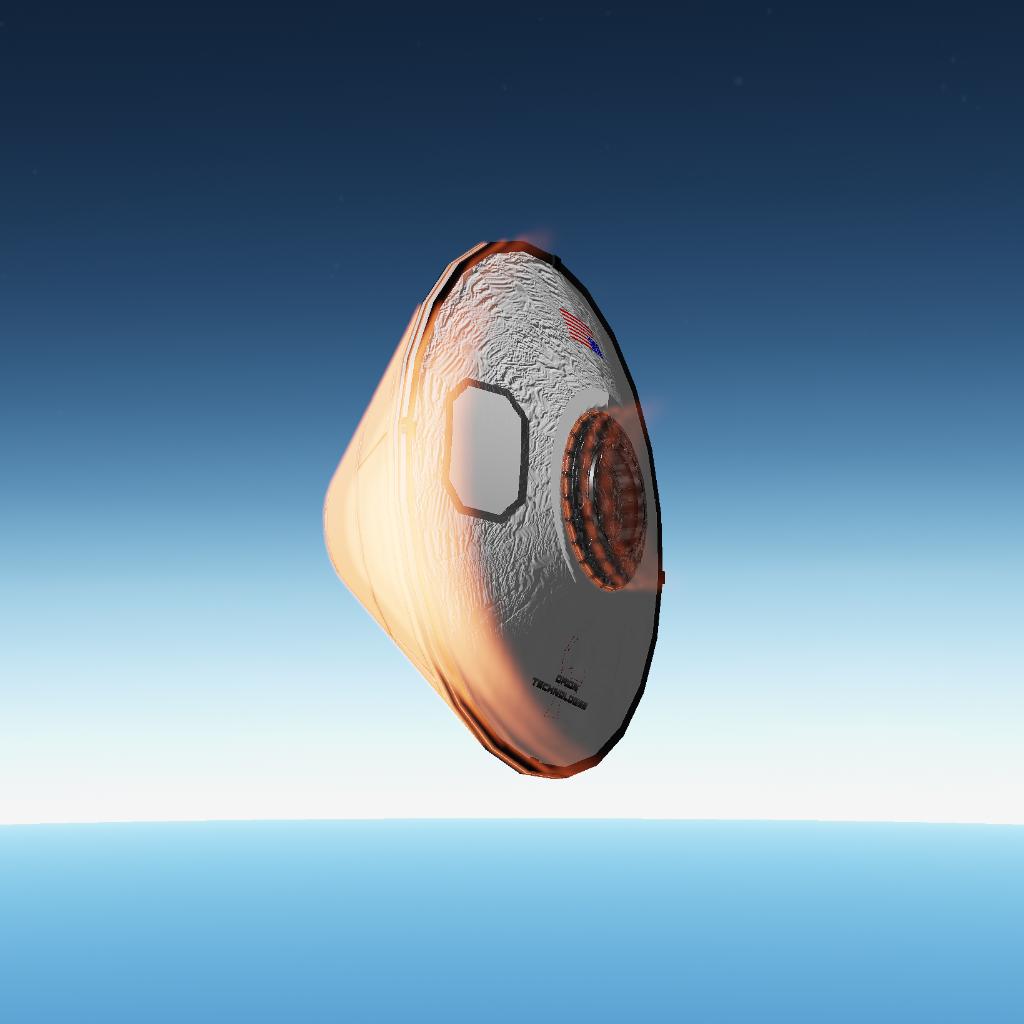
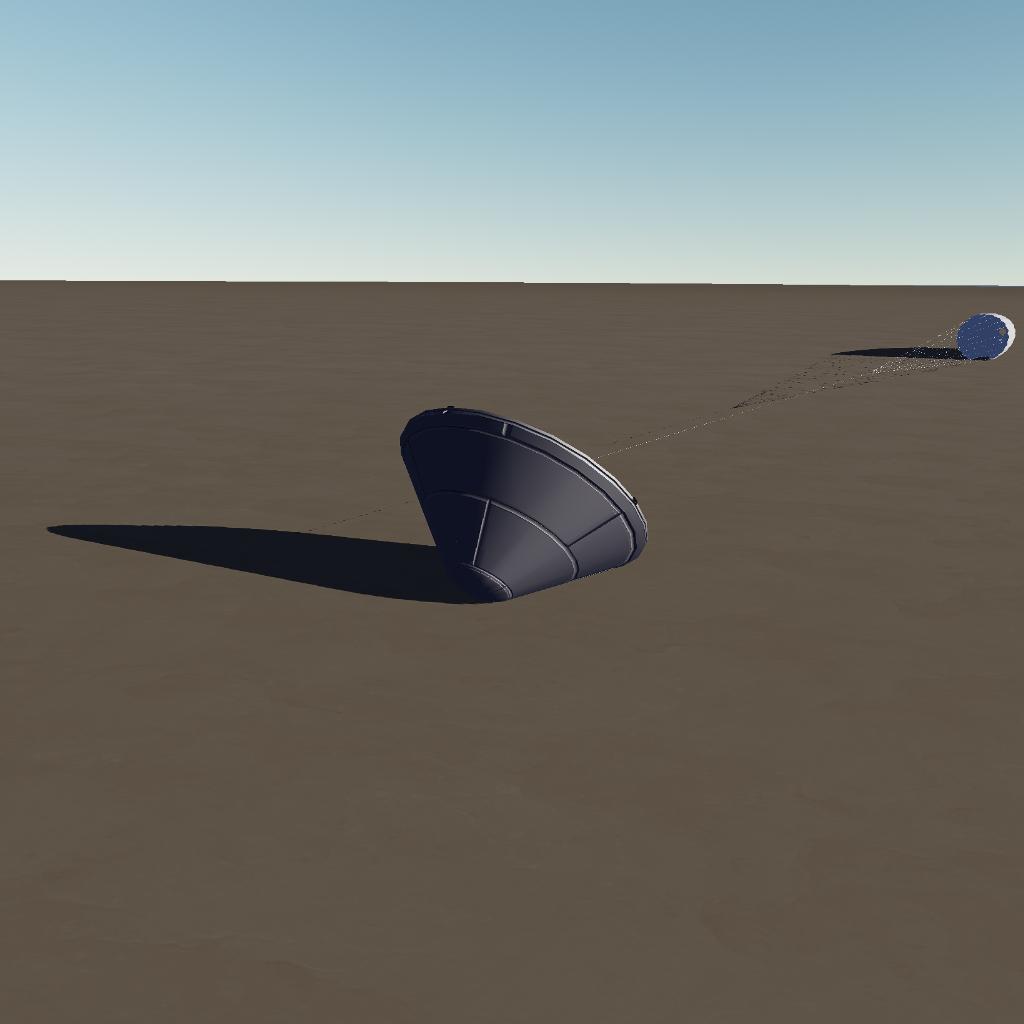
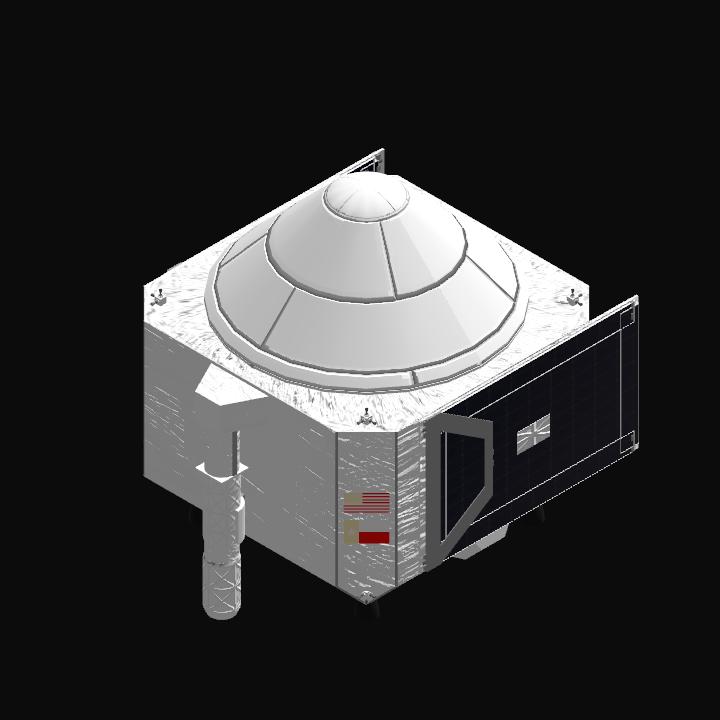
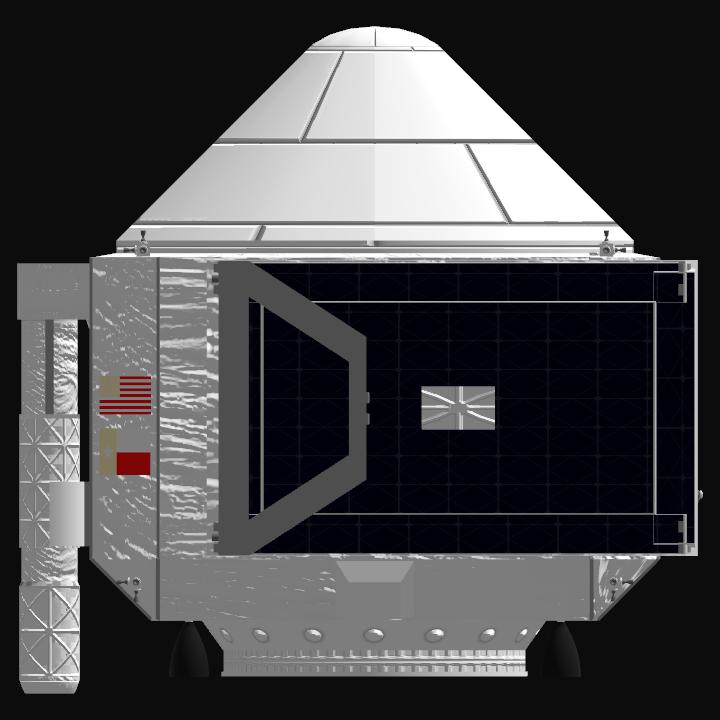

@OrionTechnologies oh,ok